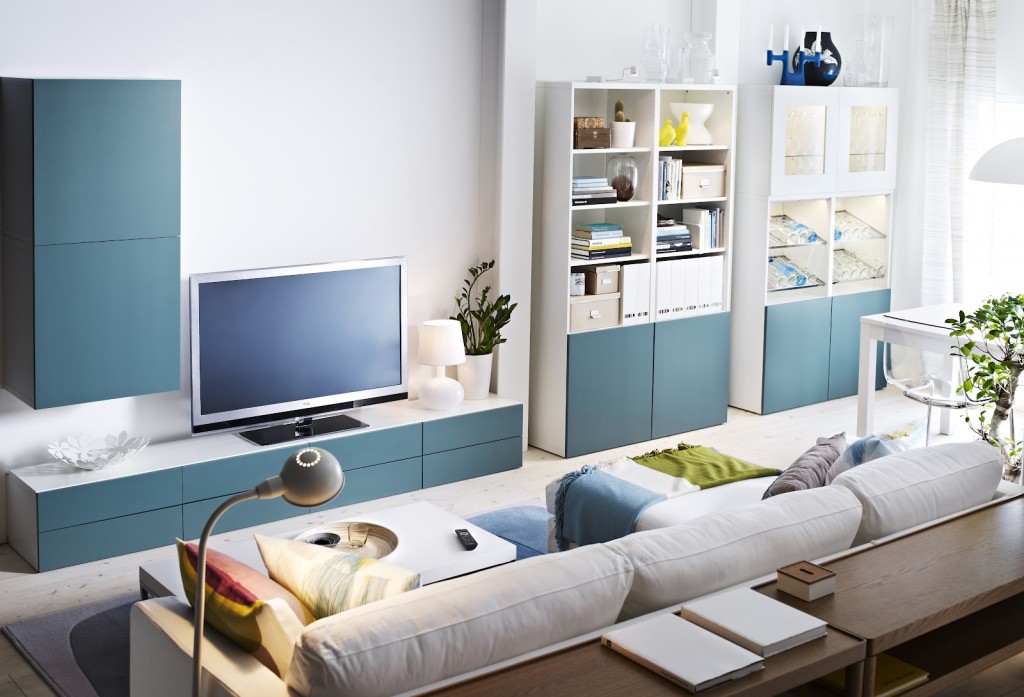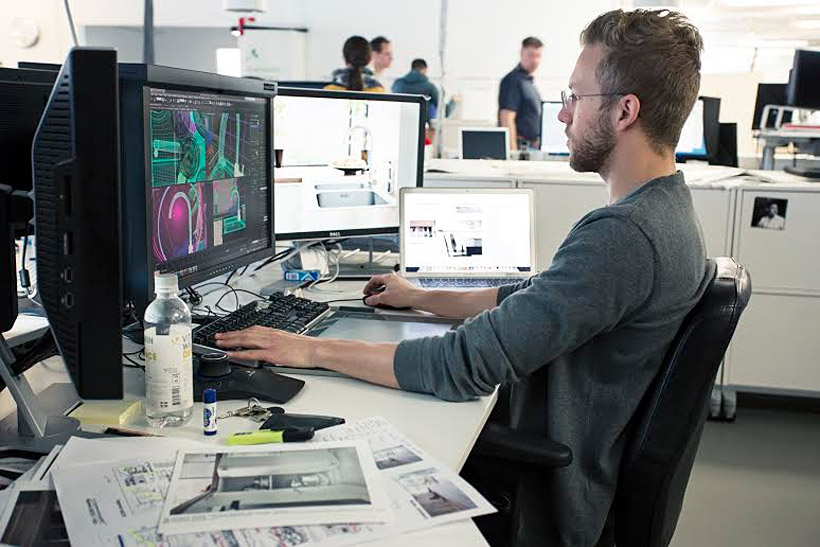If anyone remembers the 1999 cult film Fight Club, starring Brad Pitt and Edward Norton, they may also recall the scene in which Norton’s character is describing his apartment layout and furnishings, as they appeared in the IKEA catalogue he is ordering from. As he lists his possessions, they are digitally rendered and slotted in around him, complete with item description and price tag.
Even if you don’t remember, it seems someone at IKEA was paying attention. Come 2006, the catalogue contained its first digital representation of one of its products in place of a photograph. Things progressed until the first CGI image of a fully furnished room appeared in 2010, complete with the random trappings you would expect to see in an organised, lived in, family home. Now, as of 2014, fully 75% of the catalogue’s visuals are made up from computer generated images masquerading as staged product photos. So, why?
 Martin Enthed, IT Manager for IKEA’s in house communication agency claims its far easier and cheaper. Finding locations, shooting products that may not yet be in full production, moving around prototypes so everything is in place on the same day, regardless of fire, flood or impact damage can be a logistical nightmare. Not to mention expensive, time consuming, ecologically unsound and just plain exhausting. Martin claims that by creating the images digitally eliminates the need for all that.
Martin Enthed, IT Manager for IKEA’s in house communication agency claims its far easier and cheaper. Finding locations, shooting products that may not yet be in full production, moving around prototypes so everything is in place on the same day, regardless of fire, flood or impact damage can be a logistical nightmare. Not to mention expensive, time consuming, ecologically unsound and just plain exhausting. Martin claims that by creating the images digitally eliminates the need for all that.
Over time, IKEA has collected a stock of over 25,000 images, mostly its own products but also a good amount of generic items to humanise the settings they build. Using 3DStudio Max and V-Ray, they can virtually pick up objects and drop them in front of a background, allowing them to slot in and settle together realistically, then drop extra things, like a fruit bowl or some kitchen utensils, on top of them where they automatically adjust to appear ‘in place’. Little things like adjusting light position and changing colours are child’s play after that.
Rendering these images in 4k x 4k resolution, allowing detail to the level where you can count the threads on a sofa, may seem like overkill, but it is deemed necessary. Although most images are only seen on web pages or in the glossy paper catalogue, they need to be defined enough to be blown up to life-size and beyond for marketing and publicity purposes.
How does IKEA gather the processing power to render such high quality images when hundreds of models are being created everyday? Step away from your terminal in the IKEA Communications office and its computer-power is diverted to clearing the render queue. Go home for the night and they carry on working.
Of course, IKEA are far from being the only company to be eschewing photographs in favour of CGI. Do you imagine someone actually washed the 4×4 that just drove down a mountain and crossed a swamp in that press advert?
It may not be as exciting as helping the Millenium Falcon zoom around the Death Star, but the quality of images that can be created these days means you can no longer tell whether what you are looking at is real, or rendered.


